Overview
Size
South Shore is home to more than 50,000 residents in about 1,360 acres of land on Chicago’s South Side. [1] As neighborhoods go in Chicago where some range from only a few thousand to hundreds of thousands, this neighborhood is definitely on the larger side of the spectrum despite experiencing sizable population loss throughout the mid-20th and 21st Centuries.[2] It could be described as “like a big high school” considering its pockets of high rises and relatively high population density for Chicago.
[1] Total Population based on Census Tract Data, Social Explorer, 2015. Online. socialexplorer.com
[2] No Author, “South Shore,” Encyclopedia of Chicago, 2005. Online. encyclopedia.chicagohistory.org/pages/1176.html
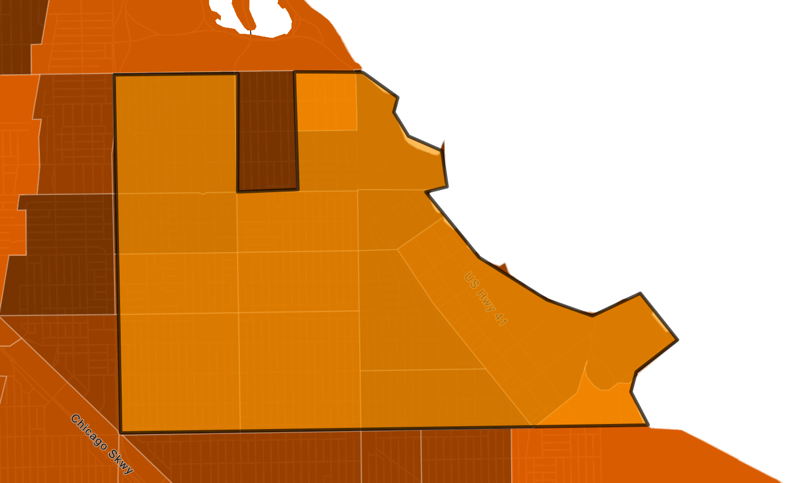
Map generated using socialexplorer.com

Identity
Along the major corridors in the neighborhood, there are signs which are affixed to street lamps that read “Distinctly South Shore” and appear to brand the neighborhood as a cohesive unit that is in some way unique from other places and brings the members of the neighborhood together.
One of its major streets, 75th which cuts through the heart of South Shore has the alternative name “Emmett Till Road” in honor of a black child from this area of Chicago who was visiting family in the South and was brutally murdered for allegedly catcalling an older white female. This road is one of the many memorialization’s in Chicago today of this horrific act and calls among the African American community to never forget this tragedy and the vaster history of violence against blacks in America.
One major social institution in the neighborhood is the South Shore Cultural Center, a country club with a golf course that is owned by the Chicago Parks District and the main clubhouse is used today as a multi-purpose event space, having hosted everything from the Obama’s Wedding Reception to being featured in the movie The Blues Brothers (1980). This institution has a storied past including of fame and exclusion, but today it is accessible for all and often hosts community organized events.
Along some corridors in the neighborhood, one needs only to look up to find stunning displays of public art, like this work by local Chicago-artist Justus Roe, was completed for the South Shore Arts Festival.[1] South Shore with its proximity to Lake Michigan and numerous music-event spaces, seems to have the potential to be bohemian. But, one does not need to look beyond the once bustling New Regal Theater on 79th and S. East End Avenue, in operation from 1927 to 2003 to see the arts potential in South Shore.[2] Now with a new owner, this theater has a newly installed Hologram projector capable of projecting live acts in 3D on stage and re-opened on October 1st, 2017.[3]
[1] No title, Justus Roe 2013.
[2] “South Shore,” Encyclopedia of Chicago.
[3] Sam Cholke, “Regal Theater To Reopen Oct. 1 As A ‘Hologram’ Theater,” dnainfo.com, June 16, 2017. Online. dnainfo.com/chicago/20170616/south-shore/regal-theater-reopen-oct-1-as-hologram-theater
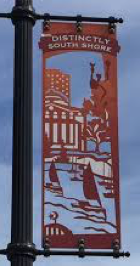

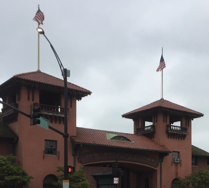
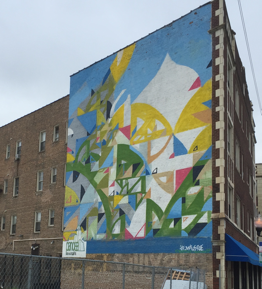
Above photos taken by David Millstein
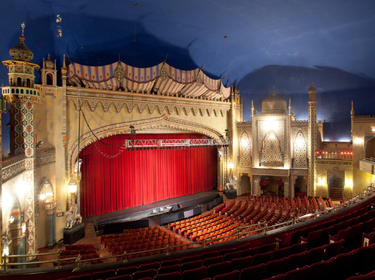
Photo taken by Afterthefinalcurtain.net
Layers
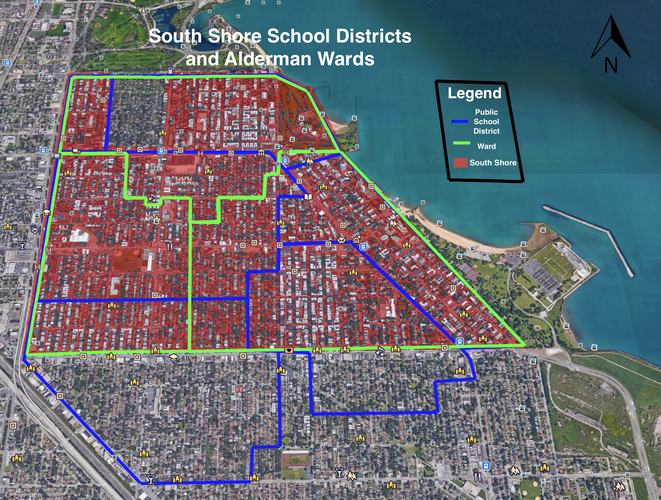
Details:
Layer 1 in Green: Portions of Aldermanic wards 5, 7 and 8 in South Shore
Layer 2 in Blue: Chicago Public School Elementary catchments that are in South Shore
Data
sources:
CPS information from cps.edu/ScriptLibrary/Map-SchoolLocator/index.html
Aldermanic ward information from cityofchicago.org/city/en/depts/doit/supp_info/ward_maps
Diagram
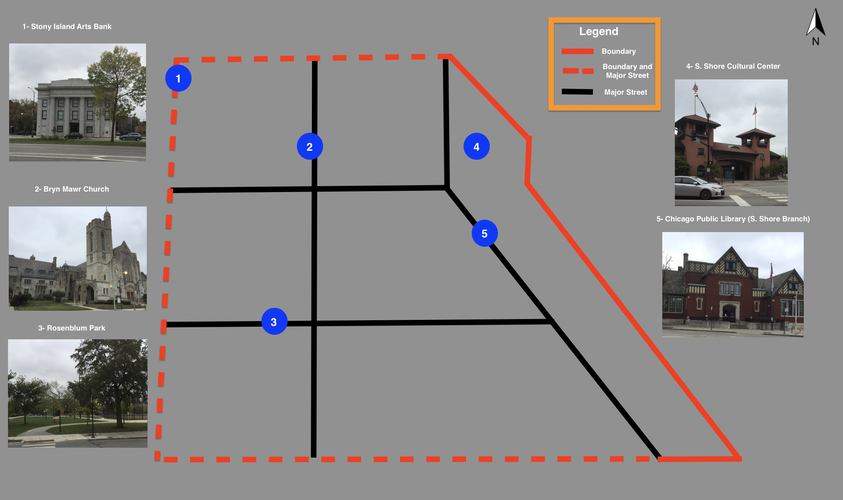
Details:
Six important spaces of South Shore.
History
South Shore is located directly to the south of Jackson Park and probably got its name because of its expansive Lake Michigan coastline and beaches on its eastern border and its proximity south of downtown Chicago. Originally it was a part of the independent Hyde Park township and became annexed by the City of Chicago ahead of the Columbian Exposition of 1893.[1] Dating all the way back to this period, South Shore had its first major real estate boom and its first railroad station was built in its center at 71st and Jeffrey Boulevard connecting the community to other parts of Chicago including downtown.
In the early 1900s, the neighborhood saw an influx of Irish, Swedish, German and Jewish residents. They constructed new social institutions in the neighborhood including churches, synagogues, and community spaces.[2] South Shore was securely middle class and maintained a balanced ethnic diversity throughout the mid-20th Century. Today, South Shore is home to a predominately African American population and maintains many of its strong cultural institutions including the South Shore Cultural Center, the Bryn Mawr Community Church and the Avalon New Regal Theater.
Clarence Perry famously penned the Neighborhood unit in his 1929 essay as a residential district with one school, arterial streets, ten percent dedicated to recreation and park space, local shops, institution sites at the center, and an internal street system.[3] Does South Shore live up to this standard? Somewhat. It has pockets between major arterial streets like 67th to 71st and Stony Island Ave to Jeffrey Boulevard which could resemble Perry’s idealized residential district. But, whether South Shore lives up to the Perry archetype, does not necessarily mean it was designed completely haphazardly.
Its major commercial corridors seem relatively well laid out, including Stony Island Ave. along the western border, 71st street going east-west, Jeffrey Boulevard going north-south through the center of South Shore and Exchange Pl. cutting diagonally in the eastern portion of the neighborhood. Dotted with stores, churches, and some restaurants, South Shore has a variety of businesses, but not to an overwhelming degree. Going down one of its side streets, one feels immediately transported to the suburbs. Many units have large street-facing lawns and trees lining the streets making these residential corridors ideal for managing the craze of urban life.
Additionally, if we look to Thiis-Evenson’s discussion of a neighborhood, we learn about ways in which a neighborhood can delineate its borders: boundaries, tracts, and focuses.[4] South Shore has many natural boundaries with Jackson Park to the north and Lake Michigan to the east. Further, Stony Island Ave. to the west and 81st Street to the south are large arterial streets which help to give South Shore more of a unique spatial identity. With these considerations, South Shore has effectively delineated itself from its adjacent neighborhoods of South Chicago and Grand Crossing.
But despite these delineations, there are areas for improving the cohesiveness of the neighborhood. To start, many of the major commercial corridors have street-facing empty lots, parking lots or vacant spaces. Filling in these shops and revitalizing the economic vitality where there is heavy foot traffic, public transit bus, and train stops, and constant car traffic can bring more money flowing into the neighborhood's economy. With the Obama Presidential Library coming to Jackson Park, directly north of South Shore, the new economic activity may also be coming to the area. Even just by knowing the history of the area and the feats of its past, it is reasonable to expect that South Shore will grow again in the years to come.
[1] “South Shore,” Encyclopedia of Chicago.
[2] “South Shore,” Encyclopedia of Chicago.
[3] Clarence Perry, The neighborhood unit. Regional Plan of New York and its Environs, 1929.
[4] Thomas Thiis-Evenson, Archetypes of Urbanism. Oslo, Norway: Scandinavian University Press, 1999.
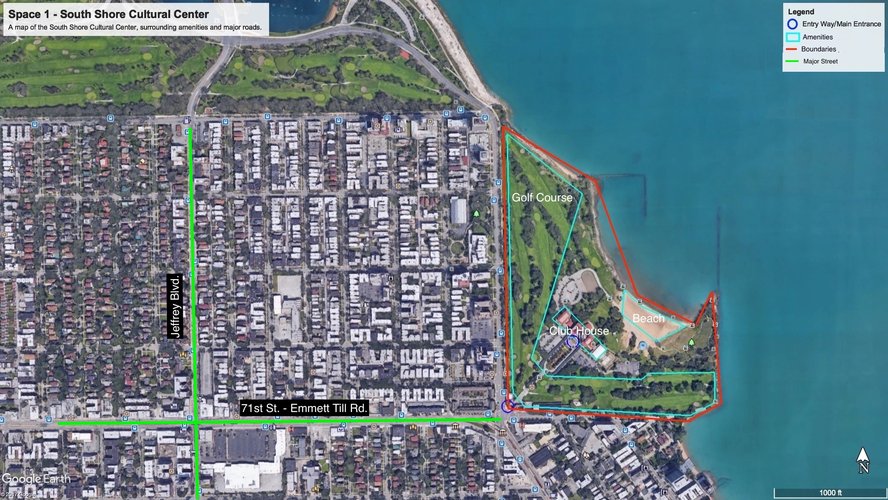
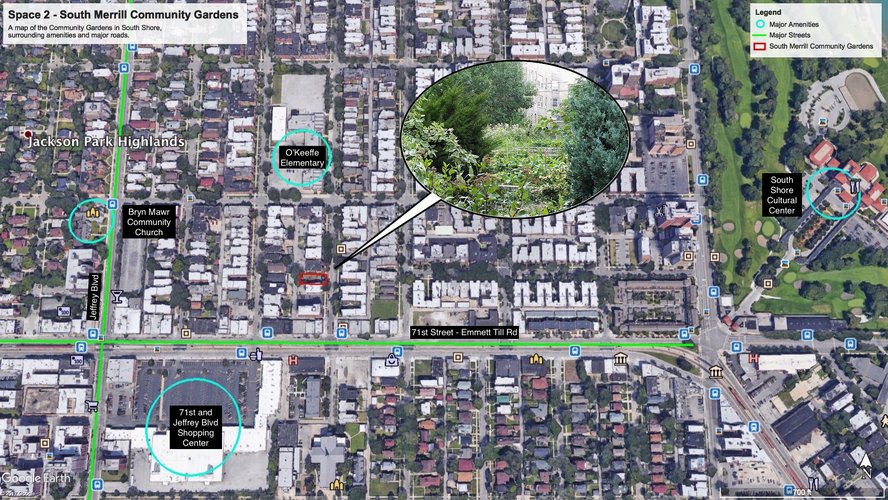
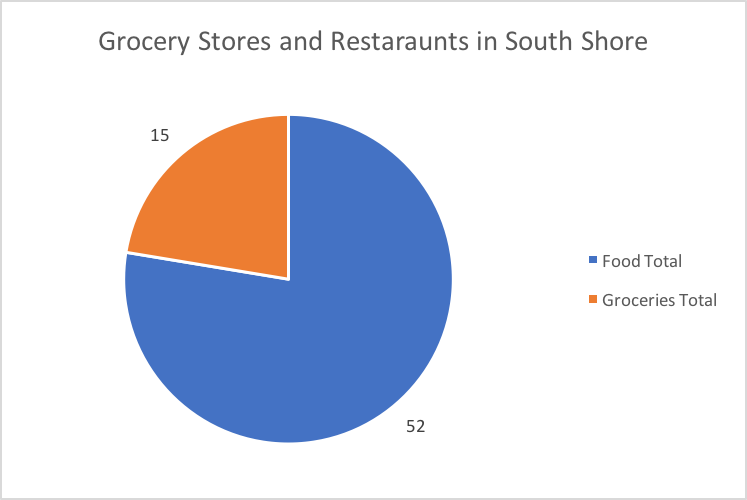
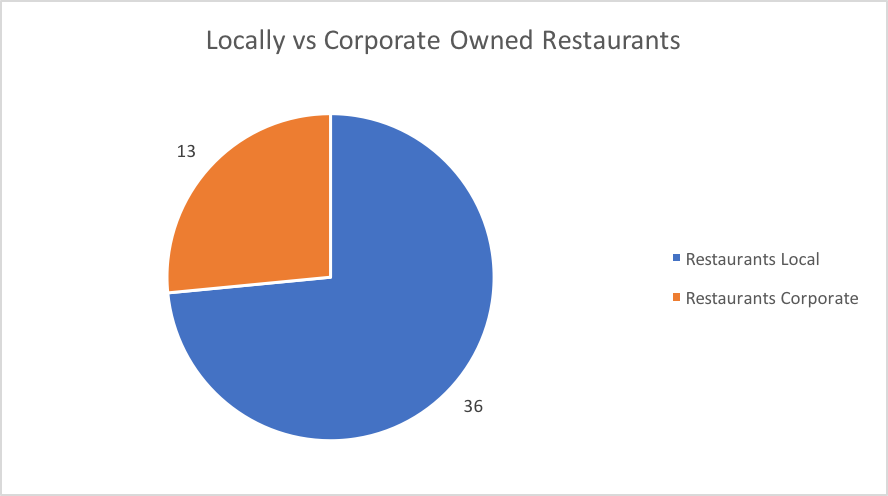
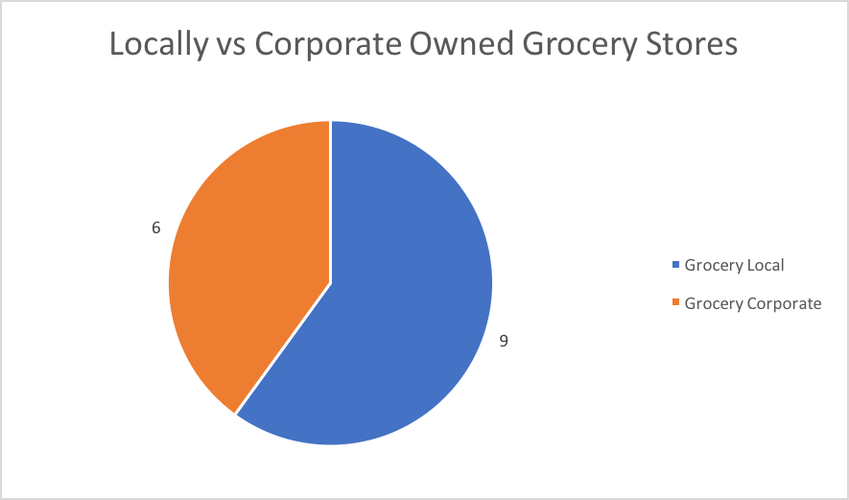
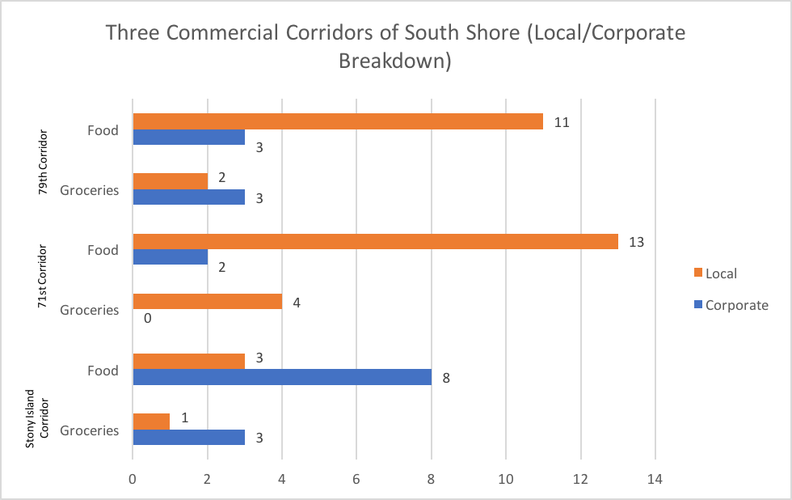

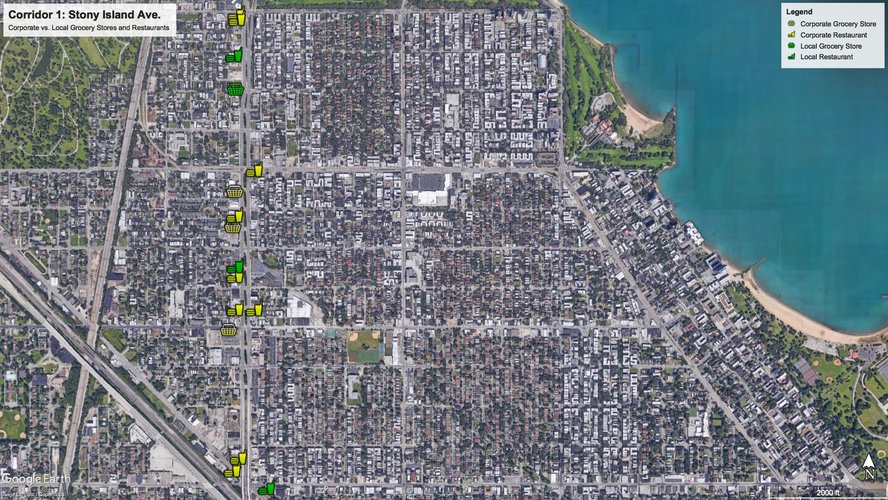

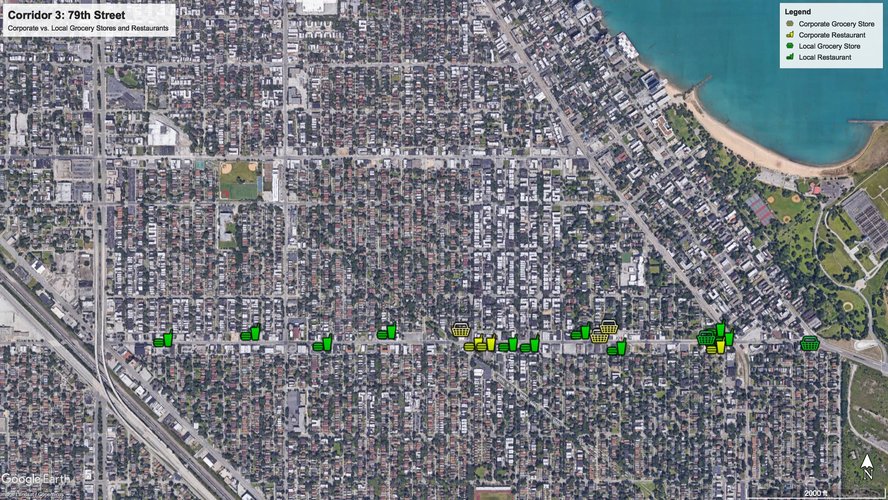
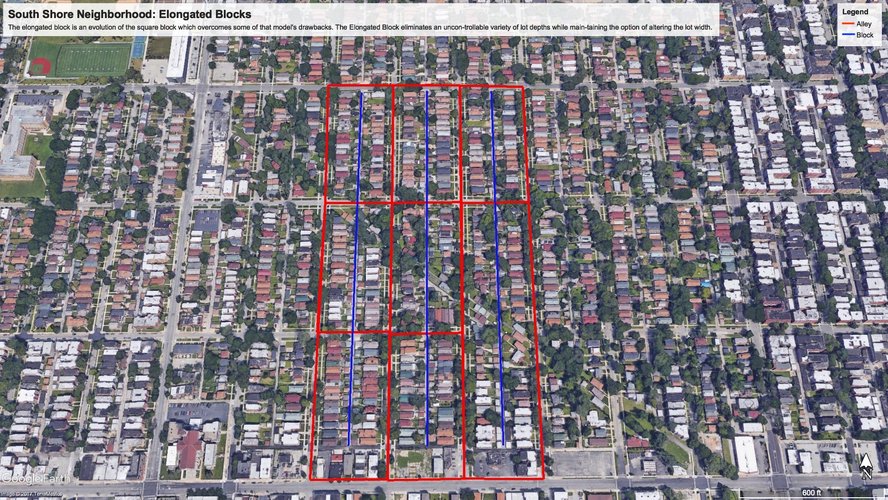
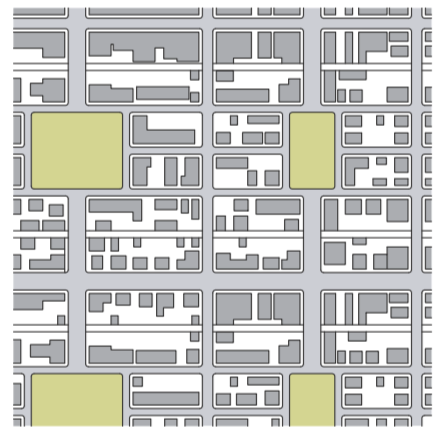
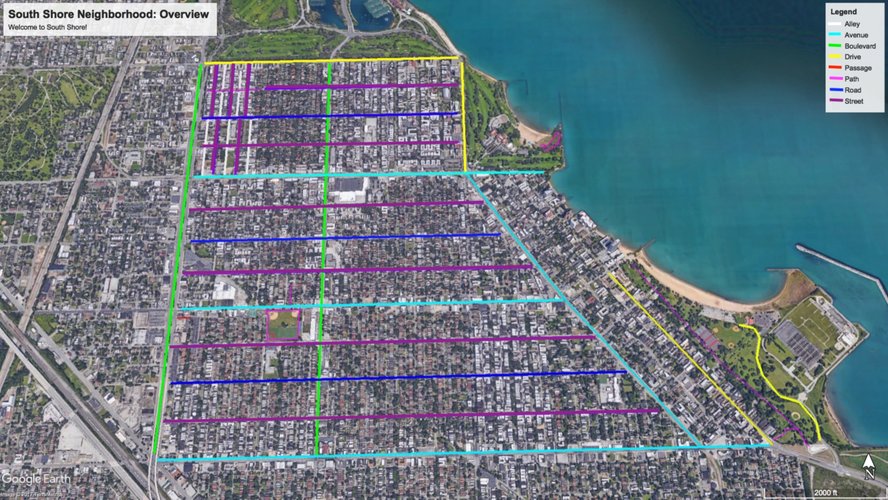
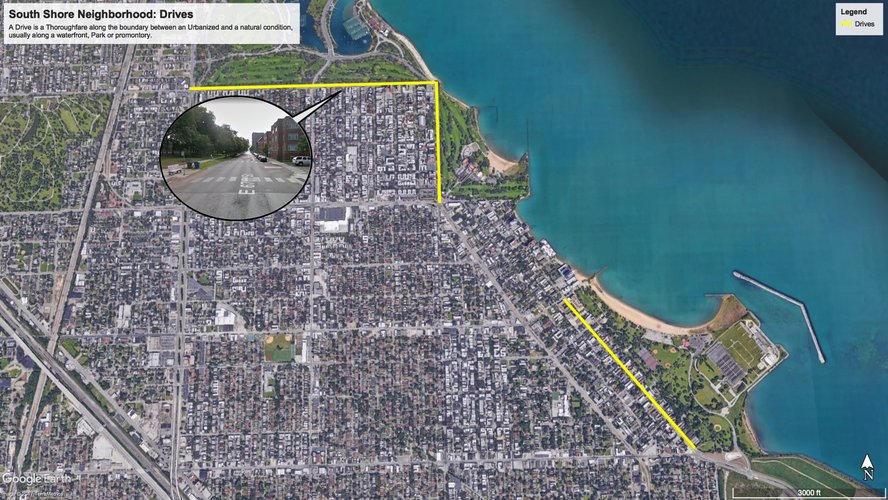
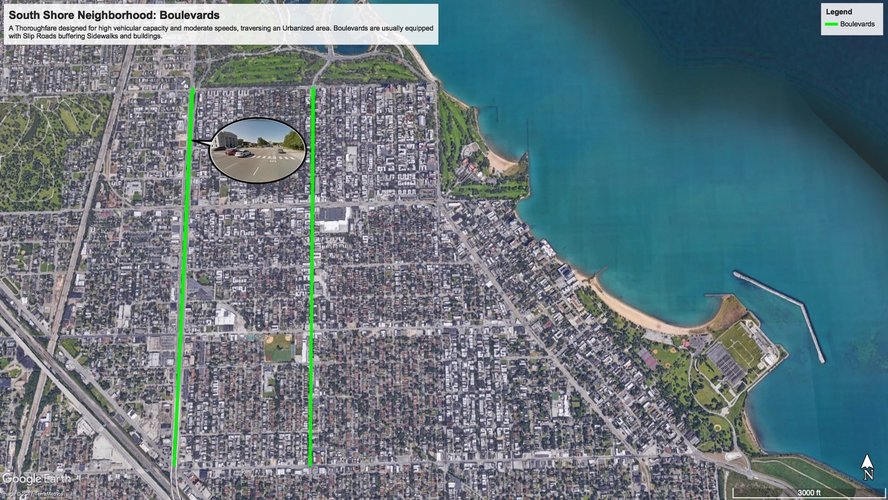
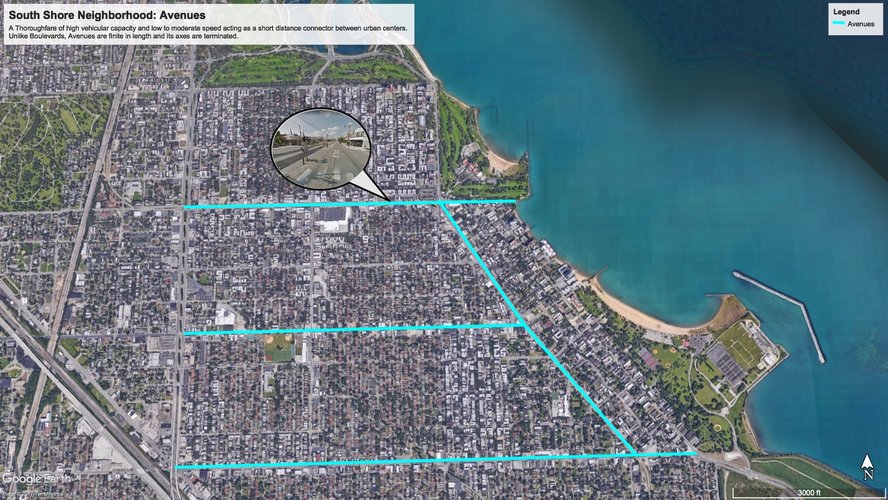
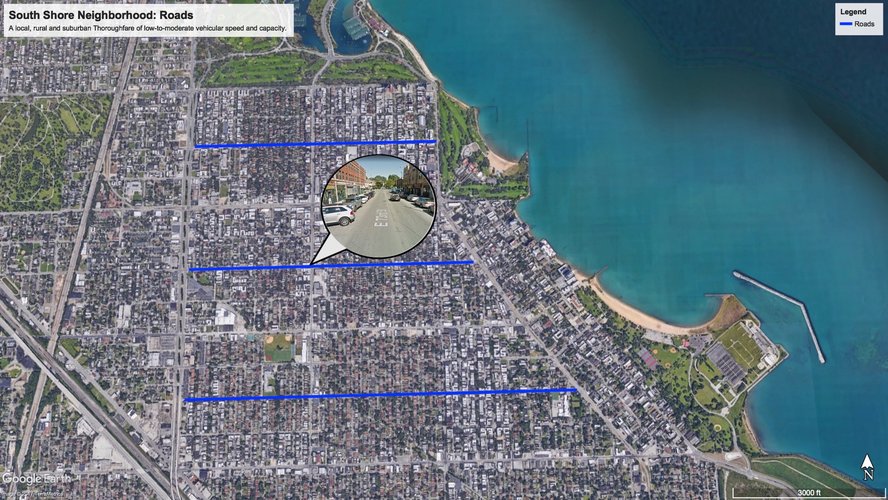
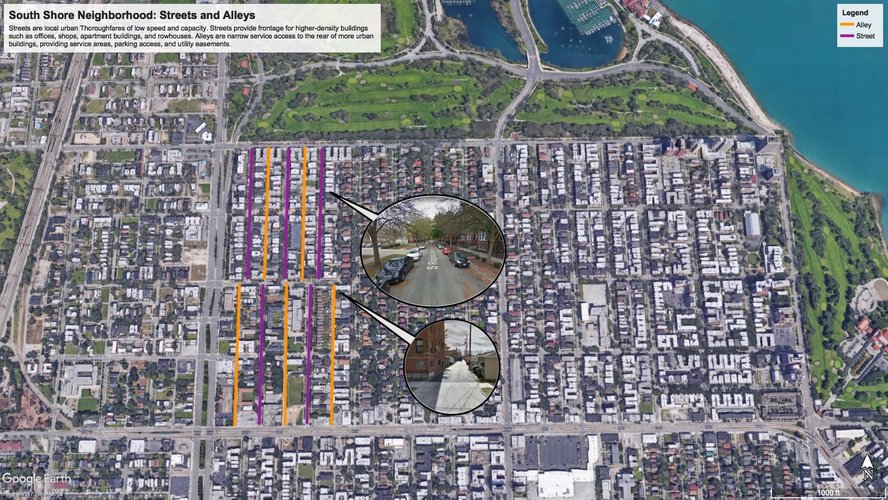
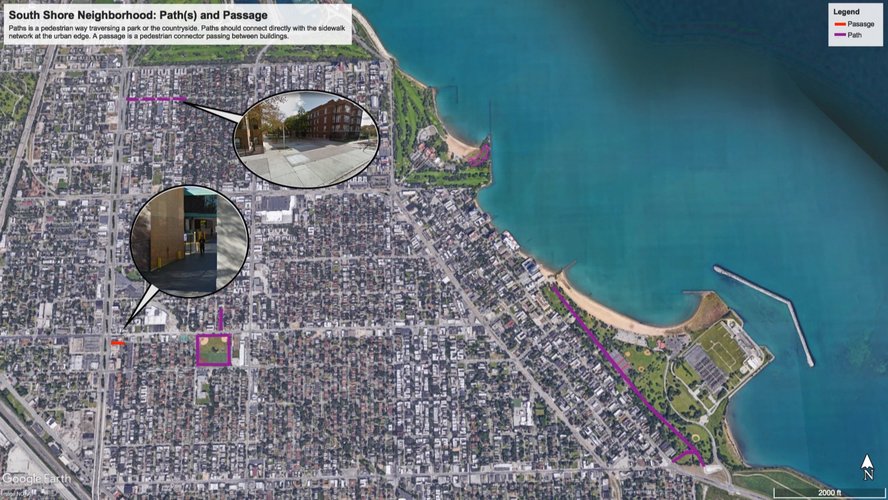
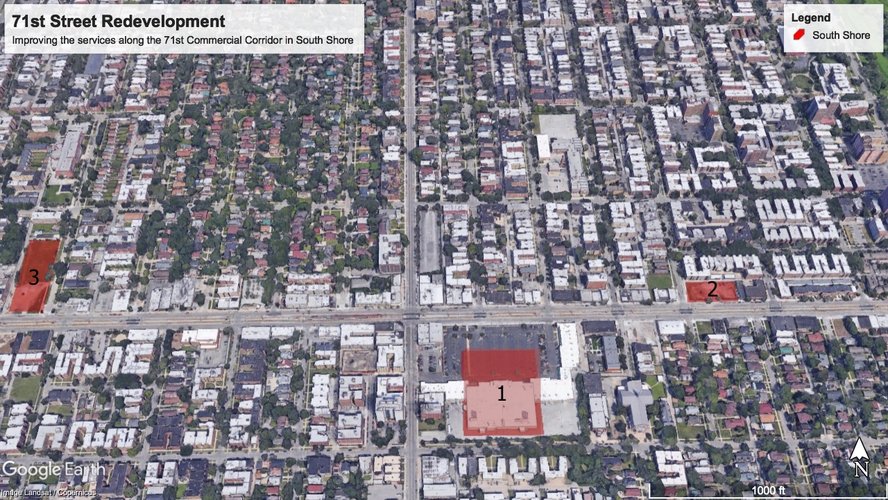
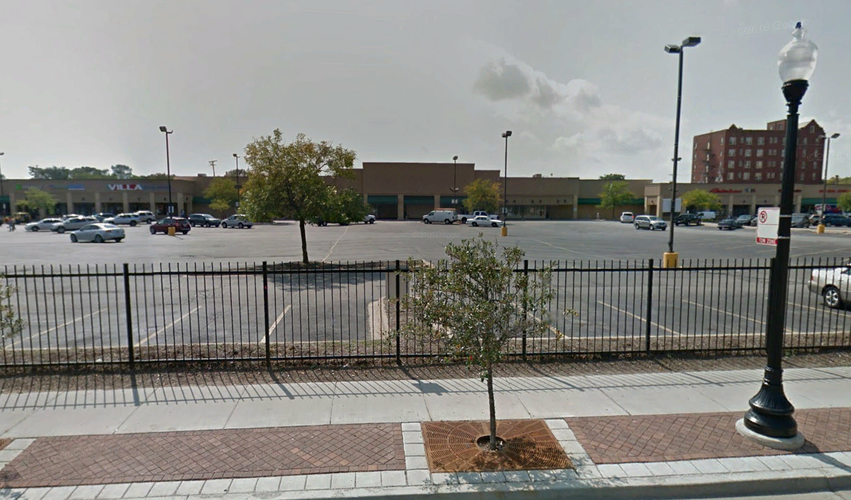
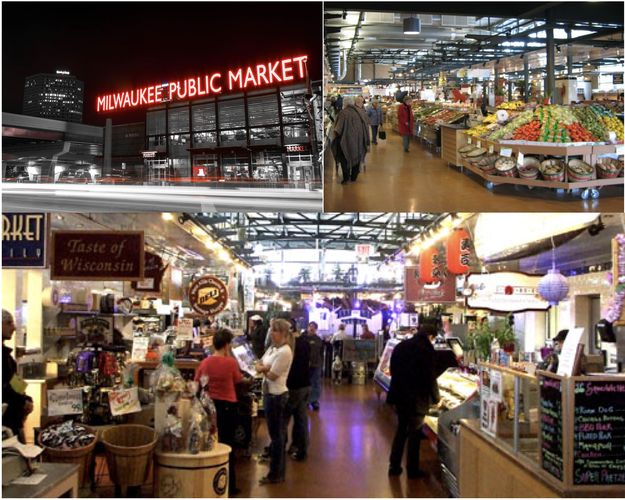
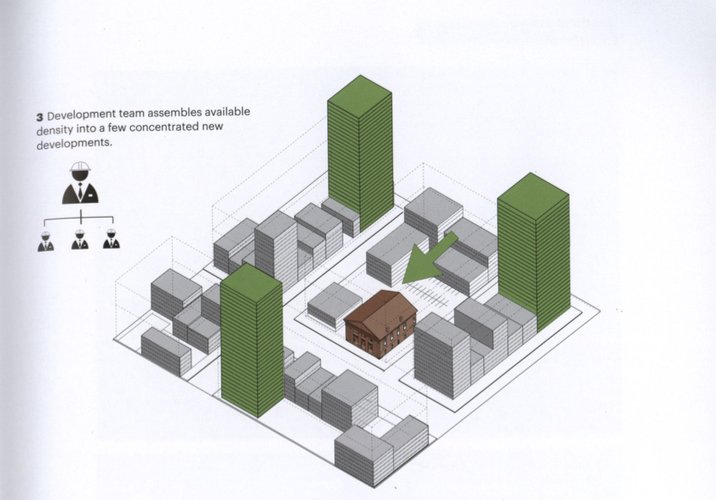
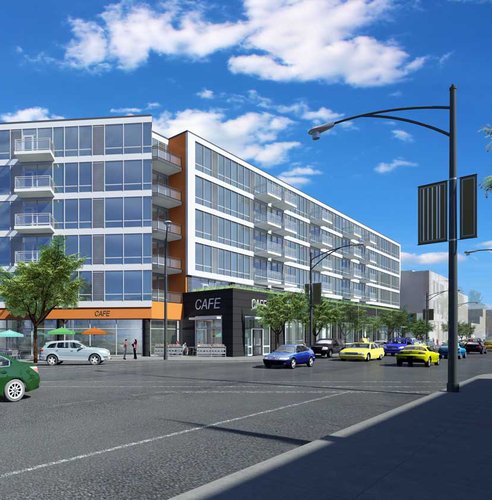
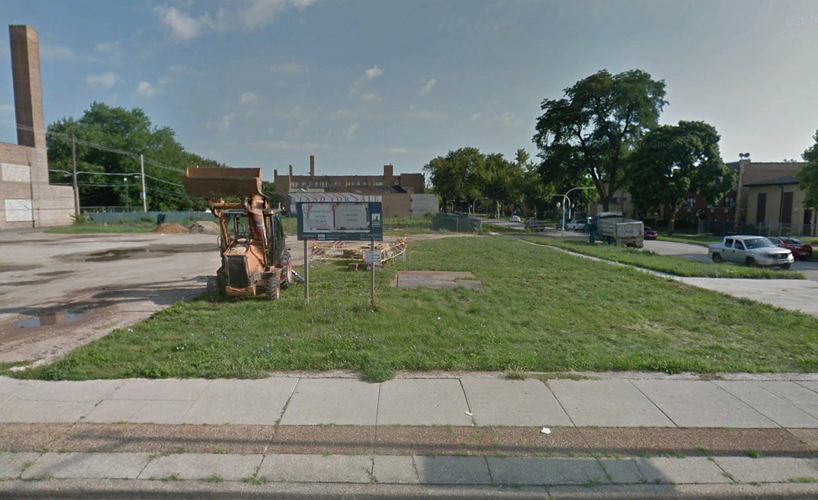
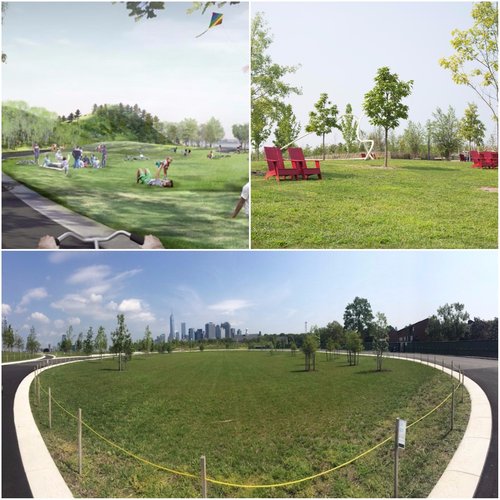
Social Mix
The information below represents certain demographic information about the South Shore Neighborhood including gender, race, education, housing stock, value and tenure.
South Shore is a vibrant, while still economically resurging neighborhood on the South Side. It is a primarily African American neighborhood, as its low 1.143 for racial diversity based on the Simpson Diversity Index suggests, but race is not the only way one can measure the diversity of this neighborhood. Typically, a low score shows less diversity and a score that is high, relative to the number of categories for a variable, shows more diversity. We can consider South Shore’s high score of 5.998 for housing type diversity out of an 8-possible score using the same index showing a wide variety of housing types. This is an interesting finding because it shows that South Shore can support residents of a variety of income, richer residents can buy single unit houses, while poorer residents may be able to afford a one or two-bedroom unit in a larger apartment building creating the potential for a vibrant mix economically in its community. This also corresponds to the early ideas for “the Neighborhood Unit” that Clarence Perry might have had, and would suggest the ability for South Shore to support local shops and other businesses.
We can also look at the 9.767 score for age diversity to show that the neighborhood is not dominated by a single age group, catering to young and old people alike, which is important to creating a strong community. This is largely because these groups are attracted typically to different amenities, so it is likely that South Shore has enough variety to attract both groups. It also means perhaps that people who grew up in the area are likely to stay, which shows potentially a large access to opportunity and a strong identity or affinity to the area by the residents. This would also suggest the growth of strong community institutions because residents invest in and support them.
Data from socialexplorer.com
If you would like more information on the data used click here.